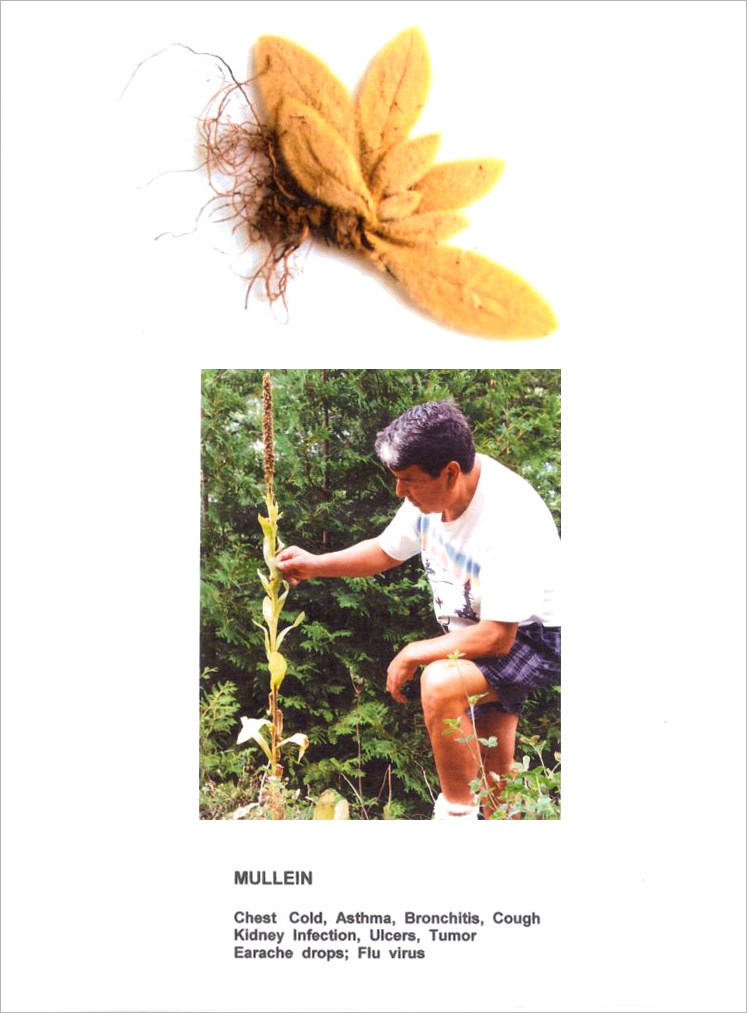Materials required: chart paper, projector, whiteboard
Much has been written about the troubles between Indigenous people and Europeans. However, many ideas were shared between the two groups as well. Brainstorm a list of things Europeans would have quickly learned from Indigenous people in order to survive on the land.
Using chart paper, group them under headings: transportation, food, shelter, clothing, language, medicine, spirituality, and ceremony. Have students look for images of these on the internet, print them, and paste them beside the list.
Discuss what you think might have happened to items that are no longer used. Here are two examples:
Fighting Diseases

Have you ever noticed this plant? Judging from the photo of this plant, what parts were used in making the medicine?
Baking bread with coals dug into the soil

Now try your luck at this animation of things that are still used.
Important note: Do not hesitate to click on “Pause” in the progress bar while looking at the animation, so you can observe more details in the pictures or the illustrations.




